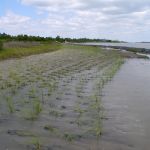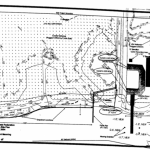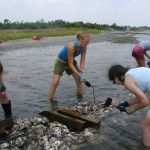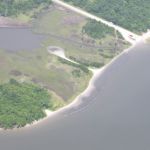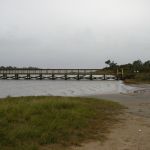Morris Landing
Description
The Morris Landing project was spearheaded by the North Carolina Coastal Federation (the federation) and has provided shoreline stabilization and restoration through the planting of marsh grass and the creation of a stone and oyster bag sill. In addition to the habitat and water quality functions provided by the restored and stabilized shoreline, the site provides demonstration of alternative shoreline stabilization techniques, in combination with oyster/marsh restoration areas. Each year, Morris Landing will be open to visitation by the public, area schools and decision-makers, providing opportunities to share our restoration message with hundreds of thousands of citizens.
The greatest challenges that were encountered in this project have involved balancing the public’s traditional use (and abuses) of the property as a recreational fishing, camping and swimming area, and the federation’s goals to restore the historic habitat and water quality functions and values. Little oversight and management of the property by the previous absentee owners led to some abuses of the property and degradation of its natural resources. Fires, heavy littering, and vehicular traffic along the formerly vegetated shoreline were significant problems encountered at the site. Since the federation’s ownership and involvement, various efforts have been undertaken to address the problems. In addition to completion of the shoreline restoration project, the federation has overseen completion of construction of a community walkway, educational platform and pier.
Technical Details
This project has provided shoreline stabilization and restoration of approximately 0.5 acres of coastal marsh along 400 linear feet of shoreline (total project length 600’), and restoration of oyster habitat along the newly restored and stabilized shoreline. In addition to the traditional sill design with stone, the federation utilized oyster shell bags to create approximately 25’ of the sill, utilizing the same design criteria as a standard stone sill. So far, this appears to provide adequate or equal shoreline stabilization with the potential benefit of incorporating oyster shell into the structure, which should provide superior oyster habitat and water quality enhancement functions.
Funding
Funding for the project was provided by the NOAA Restoration Center’s Community-based Restoration Program and Restore America’s Estuaries.
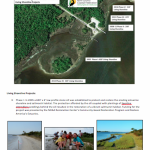
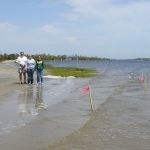
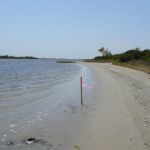
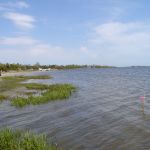
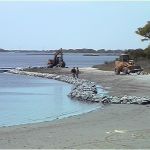
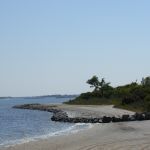
 052105-a377558ff1c894b358546c551cdbf13b.jpg)
